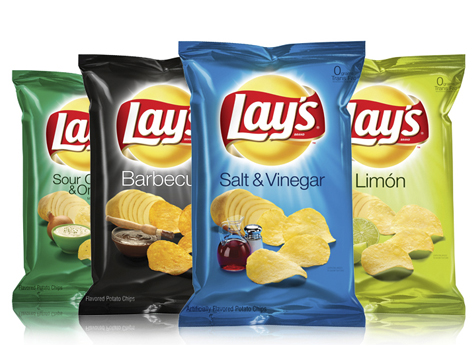This post is a reorganized post of Grist’s article, “Amory Lovins’ high-tech home skimps on energy but not on comfort” by Ben Adler.

Owner: Amory Lovins (Physicist | World-renowned energy-efficiency expert | Co-founder of the Rocky Mountain Institute in 1982 with his then-wife L. Hunter Lovins)
Property: A 4,000-square-foot super-efficient, low-carbon, combustion-free home
Location: Nestled up in the mountains 14 miles from Aspen | High elevation around 8,000 feet | Old Snowmass, Colorado, United States
Style: A classic adobe style, indigenous to the Mountain West
Nickname: “The Banana Farm!” Why? Lovins grows the tropical fruits in its greenhouse!
History: Completed the original structure in 1984 | A high-tech makeover in 2009
Main challenge to build the house: Heating
Solution: 16 inches concrete, locally harvested sandstone Thick Walls
Unintended Benefit: Eliminating the need to build a heating system at all!
7 Other Unique Features:
“Super-windows” with microscopically thin layers of gases such as krypton and xenon that let in light but prevent heat exchange. [Equivalent of 16 layers of glass but using only 2 layers and costs less than 3]
- All Renewable Electricity for household use: Massive solar panels for the roof, carport, and grounds alongside the building!
- Super-efficient Appliances: Dishwasher (from Swedish company Asko) [Its sensors measure the cleanliness of the water coming out and stop washing when the water is clean, instead of continuing to run for another hour] LED light
- Wide Roof (Lots of natural light during daytime!)
- Greenhouse in the middle of the building, between the living area and the office — Tropical fruit in the greenhouse! Bananas, Mangos and Coffee! [These plants consume CO2, release humidity and store heat.]
- Pond
- Innovative bathroom — [Japanese-style] sink on top of the toilet tank [When you flush the toilet, you can wash your hands in the water that will then refill the tank]
- A solar-heated hot tub
Bonus: Looking out at the stunning mountain views from the hot tub
 Follow
Follow











